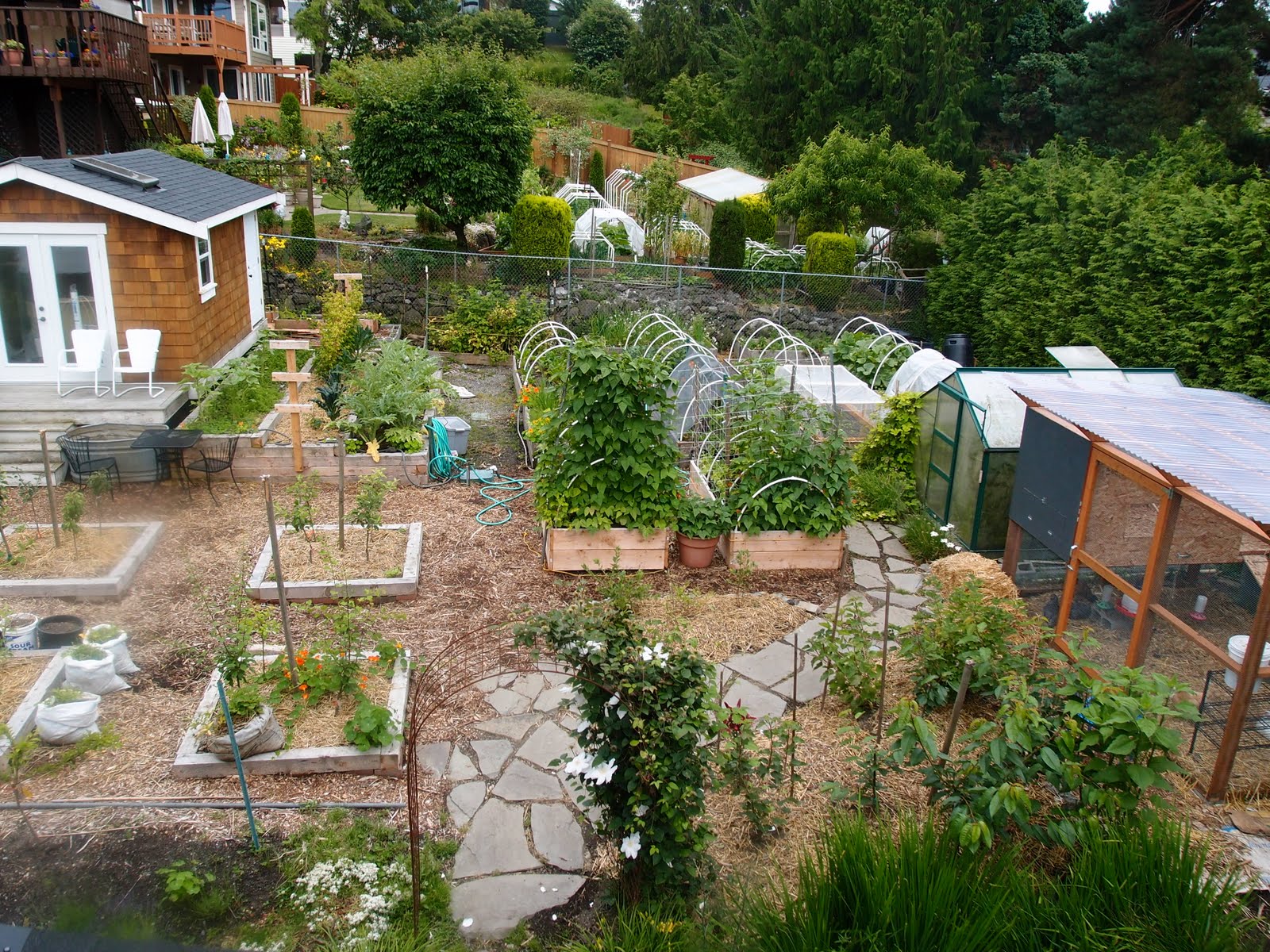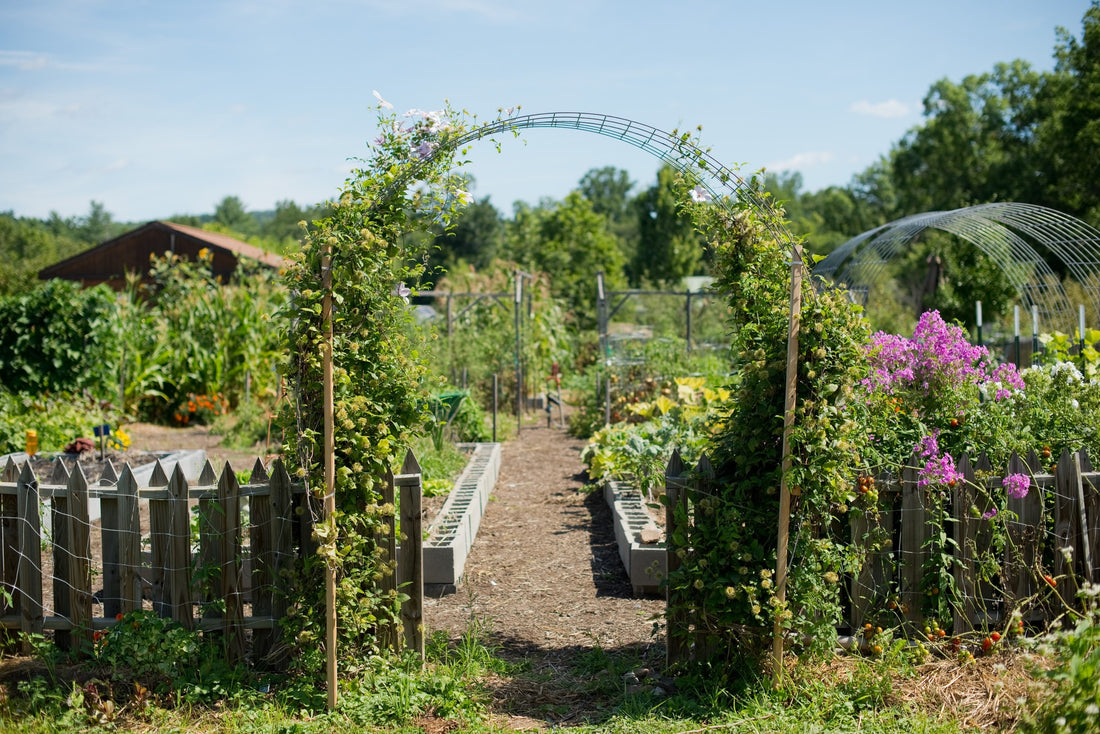How to Adapt Your Homestead Gardening
How to Adapt Your Homestead Gardening
Blog Article
Uncover the Secrets to Creating a Stunning and Productive Horticulture Space
Creating a gorgeous and efficient horticulture area is not merely a matter of growing blossoms and vegetables; it needs a calculated strategy that incorporates various critical aspects. From selecting the right area based on sunlight and soil type to attentively designing your format and choosing ideal plants, each decision plays a pivotal duty in the success of your garden.
Choosing the Right Area
Selecting the excellent area for your garden is vital to its success and total aesthetic appeal. The primary step in this process entails assessing sunshine exposure, as most plants need a minimum of six hours of direct sunshine daily (Homestead Gardening). A south-facing yard typically receives the most light, while shaded areas can hinder growth and flowering
Additionally, consider soil high quality and water drainage. Well-draining soil is vital to protect against waterlogged roots, which can cause plant conditions. Conducting a soil examination can supply beneficial information relating to pH levels and nutrition content, enabling you to amend the dirt as necessary.
Additionally, proximity to water resources is an additional aspect to consider - Homestead Gardening. Having simple accessibility to a tube or watering system can simplify the watering procedure and encourage consistent plant care. Wind defense is likewise vital; placing your yard near structures, such as wall surfaces or fences, can secure it from severe winds that may damage fragile plants
Lastly, think about ease of access for upkeep and harvesting. A well-placed yard permits hassle-free gain access to, making certain that you can conveniently tend to your plants without causing undue stress and anxiety or disturbance. Thoughtful place selection lays the foundation for a flourishing garden.
Picking Plants Intelligently
When picking plants for your garden, it's important to think about factors such as environment, dirt conditions, and personal choices to ensure a efficient and unified area. A comprehensive understanding of your regional climate will assist you in picking plants that flourish in your details environment. As an example, picking drought-resistant ranges is helpful in dry regions, while moisture-loving varieties may be much more suitable for locations with high rainfall.
Dirt conditions are equally important; performing a soil examination can disclose pH degrees and vitamins and mineral web content, permitting you to pick plants that will thrive. Indigenous plants are commonly an excellent choice, as they are commonly well-adapted to local soil kinds and require less maintenance.
Additionally, consider your gardening objectives. Are you aiming for a decorative screen, a vegetable yard, or probably a mix of both? This will certainly influence your selections considerably. Reflect on your personal preferences-- selecting plants that resonate with your aesthetic tastes will certainly boost your pleasure and commitment to maintaining your garden. By very carefully assessing these elements, you can develop a varied and successful plant option that raises your horticulture experience.
Creating Your Yard Layout
With a thoughtfully chosen plant option in hand, the next action is to produce a yard layout that makes best use of both beauty and capability. Begin by evaluating the readily available room, considering aspects such as color, sunlight, and wind patterns. A well-planned format must include numerous areas, including areas for growing, pathways, and potentially seating.
Start with larger plants or centerpieces, such as trees or tall perennials, positioned tactically to create visual interest. Layer smaller sized plants ahead to boost deepness and structure. Think about the development habits look at this now of your picked plants; taller varieties ought to be positioned at the back or center of beds, while much shorter ones can line the edges.
Including pathways not just promotes access for maintenance yet additionally invites exploration. Usage materials that enhance the yard's total visual, whether gravel, timber, or stone chips.
In addition, think about seasonal changes and how your design will look throughout the year. Incorporating evergreens along with seasonal flowers can make sure year-round beauty. Eventually, a properly designed garden format harmonizes the all-natural charm of plants with functional factors to consider, resulting in a space that is both inviting and efficient.
Enhancing Soil Health

To enhance soil health, start by carrying out a soil test to analyze pH degrees, nutrition content, and dirt texture. This will inform your changes. Incorporate raw material such as compost, well-rotted manure, or fallen leave mold and mildew to boost dirt structure, water retention, and microbial task. In addition, practicing crop rotation can avoid nutrition depletion and lower pest and illness stress.
Mulching is an additional efficient approach; it not just preserves dampness however also suppresses weeds and gradually enriches the dirt as it damages down. Preventing too much tillage is crucial, as it can interfere with soil structure and damage advantageous organisms. Rather, adopt no-till or marginal tillage techniques to preserve soil stability.

Preserving Your Yard Successfully
A properly maintained yard is a source of satisfaction and efficiency, calling for constant interest to make sure that plants flourish and the landscape remains welcoming. Efficient yard upkeep entails several essential practices that boost the wellness of your plants and the general visual of your space.
Normal watering is important; nonetheless, it is necessary to customize your watering timetable based on the specific requirements of your plants and local climate problems. Mulching can aid preserve dampness, subdue weeds, and regulate dirt temperature level. Furthermore, timely weeding prevents competition for nutrients and resources, guaranteeing that your plants grow.
Trimming is another important job. It encourages healthy and balanced growth, eliminates dead or you can look here diseased branches, and forms plants to maintain an attractive structure. Additionally, monitoring for conditions and parasites is vital; early detection and intervention can conserve your plants from significant damage.
Fertilization should be executed thoughtfully, using natural options whenever possible to promote long-term soil wellness. Seasonal jobs such as planting, separating perennials, and preparing for winter months will certainly ensure your garden remains vivid year-round. By adhering to these techniques vigilantly, you can cultivate a yard that is both lovely and effective.
Conclusion
Choosing an ideal location with ample sunlight, picking appropriate plants, creating an aesthetically pleasing design, boosting soil wellness, and making certain routine upkeep are necessary parts. By integrating these techniques, one can cultivate a thriving yard that not just enhances the landscape but additionally advertises environmental equilibrium and sustainability.
From choosing the right location based on sunshine and dirt type to attentively developing your layout and picking ideal plants, each decision plays a pivotal function in the success of your yard. Well-draining soil is necessary to protect against waterlogged origins, which can lead to plant conditions.When selecting plants for your yard, it's important to take into consideration aspects such as environment, soil problems, great post to read and individual choices to guarantee a unified and efficient area. Ultimately, a properly designed yard format balances the natural elegance of plants with practical considerations, resulting in an area that is both inviting and productive.

Report this page